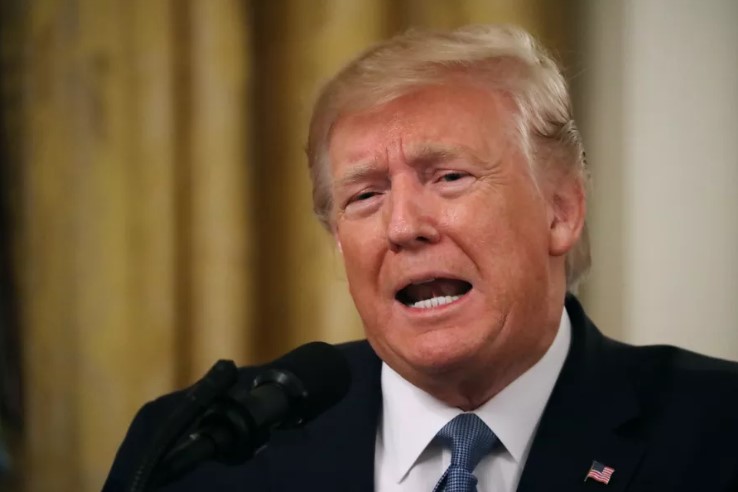
The White House appears to be abandoning its plan to freeze the fuel efficiency standards of cars at 2020 levels, reversing a cornerstone policy of Trump’s campaign, reports The Wall Street Journal. The administration is now considering a 1.5 percent annual increase instead.
The move could leave General Motors, Toyota and Fiat Chrysler in a lurch. The companies sided with the president in a legal battle over whether California could set its own fuel economy standards. From the outside, it seemed they capitulated to his demands, rather than the overwhelming evidence that vehicle emissions need to be cut in order to protect against climate change. Now, they may have squandered a lot of goodwill and damaged their reputations without getting what Trump promised.
Under Obama, car companies were going to have to nearly double the efficiency of their vehicles, to an average of 54 miles per gallon, by the year 2025. They argued this would make cars too expensive, prompting Trump to propose a new plan that would freeze fuel efficiency standards at an average 37 miles per gallon, just above where they are today.
California decided to go ahead and commit to those Obama-era goals — a decision that angered the president. He tweeted that Henry Ford was likely “rolling over” in his grave at “the weakness of current car company executives.”
California lawmakers struck a deal with Ford, Volkswagen, Honda, and BMW to increase the fuel efficiency of their vehicles and reduce emissions by about 3.7 percent, through the year 2026. Together, those four companies make up about 30 percent of the global car market, which meant that California’s pact was enough to put Trump’s plan at risk.
“Since other states follow California’s lead on air regulation, the deal has the potential to split the market if the Trump administration enacts a federal rule with lower standards,” our transportation reporter Sean O’Kane explained in August.
That’s more or less what seemed to be happening, until the White House reportedly started to walk back its decision. The new plan will likely involve a 1.5 percent increase in fuel efficiency every year, “using an industry measure that takes both gas mileage and emissions reductions into account,” according to The Wall Street Journal. If it moves forward, the administration could face legal challenges from California and other states who still want to see stricter standards.
